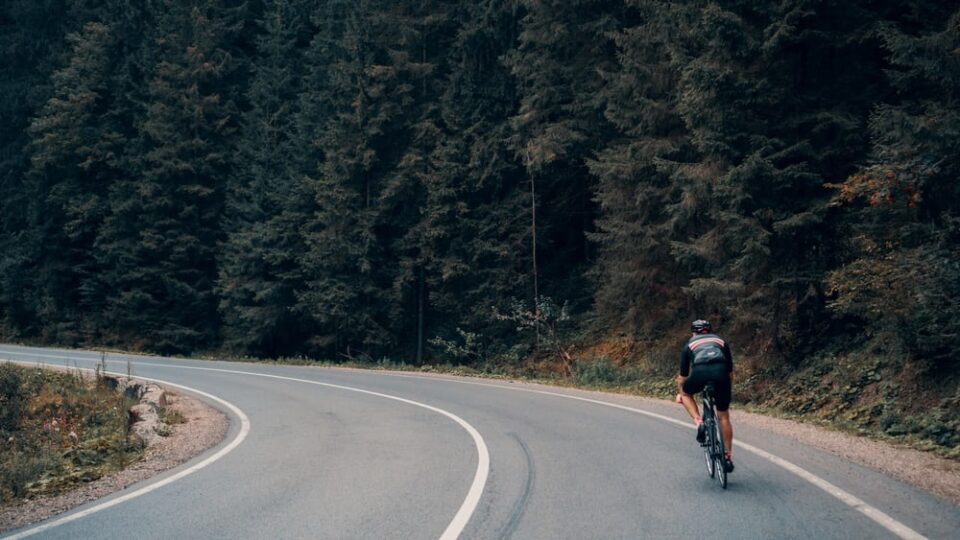Cycling is an excellent way to work out while also enjoying the great outdoors. However, like any form of exercise, there are some safety precautions that you must take, especially if you’re cycling in an urban environment or cycling alone.
Here are a few safety tips and tricks that every cyclist should consider when stepping out of their home.
Wear a Helmet
This may seem like a given, but many cyclists – especially ones that are taking it a little relaxed – often choose to go without helmets. However, wearing one is key to staying safe.
In the United States, about 500,000 cyclists visit the emergency room due to an injury they obtained while on their cycles. Of those, a third of all injuries involve a person’s head or face. These injuries can often be prevented with a single piece of equipment – a helmet.
Head injuries, in particular, see significant dips when you wear a helmet. Protecting your head reduces the risk of these injuries by up to 85%.
Be Prepared When Cycling Alone
It’s always best to cycle with at least one other person. It’s easier for cars to see two cyclists than a lone rider, and – depending on where you’re cycling – it can also be safer.
However, getting a buddy to ride with you isn’t always possible. When cycling alone, wear fluorescent clothes that are bright and reflective. These make it significantly easier for passersby to see you, and they’re especially useful if you’re cycling in an urban environment or at night. In fact, some people often recommend wearing bright clothes for biking whenever possible, regardless of if you’re with another person or not.
Protect Your Bike
Regardless of where you’re biking, there’s a good chance you’ll need to stop at some point. For some people, this means taking a short breather and going back to cycling.
However, others may choose to stop to grab a coffee or take a break to eat – which also means parking your bike. If you’re parking your bike and leaving it alone for a bit, it’s essential to protect it.
Your bike is an expensive piece of equipment, and the last thing you want is for it to be stolen. This is where a GPS device for cycling comes in handy. Even if your bike is stolen, this device will ensure you’ll be able to get it back without any issue.
Keep Your Skin Healthy
Here’s something that most people don’t think about when thinking about safety when cycling – skin safety.
When cycling outside a studio, you’re almost definitely spending a couple of hours under the sun (unless you’re biking at night, of course). So, before you leave your home, make sure you’ve applied adequate sunscreen.
Additionally, make sure you’re wearing comfortable, moisture-wicking clothing. Clothes that stick to your skin when you perspire aren’t just uncomfortable, they can also lead to chafing and rashes, which is extremely unpleasant to experience. Depending on what time of day you’re cycling, you should also consider wearing sunglasses to protect your eyes from the sun’s glare.
Pay Attention to the Roads
If you’re cycling in the city, it’s essential to keep an eye on the road at all times. Additionally, make sure to use the roads – using the sidewalks for cycling is not only dangerous, but it’s also often illegal.
More than that, be aware of your rights as a biker and use the bike lane if one exists. You should also be clear of the unwritten rules of cycling on the road, as well as any laws about cycling in your city, state, and country. Following these rules – both written and unwritten – will ensure your own safety and that of pedestrians and drivers.
Be Predictable
When cycling on the road, it’s essential to make sure you’re cycling in a predictable pattern. This ensures that drivers always know where you’re going, allowing them to chalk out a route that avoids you.
This means you should ensure that you don’t weave in and out of roads and instead hold a straight line. This will also make it easier for you to be seen by oncoming cars, again making it easier for them to avoid you. When you weave in and out on the roads, you’re constantly moving in and out of a driver’s field of vision, which increases the risk that they’ll accidentally hit you.
If you’re unsure of what steps you should take to keep yourself safe on the road, consider taking a skills training course if one is offered near you. Alternatively, start out cycling with a group – this will allow you to learn what is expected of you when cycling outside a studio and help build your self-esteem so that you’re confident about going out on your own!

